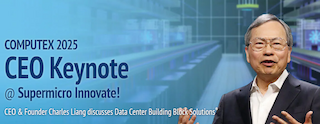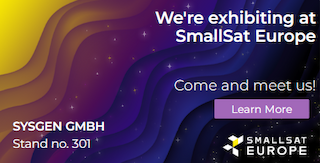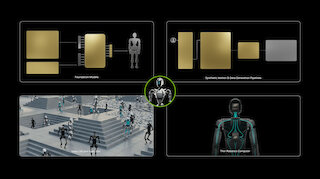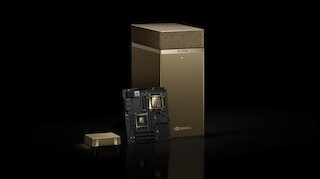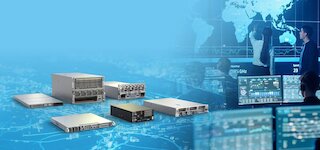
AI-Powered Telecom Infrastructure
The challenges of modern telecommunications networks
The telecommunications industry is at a turning point: 5G expansion, AI integration and preparation for 6G require new infrastructures. Supermicro delivers exactly the technology that network operators need now.




